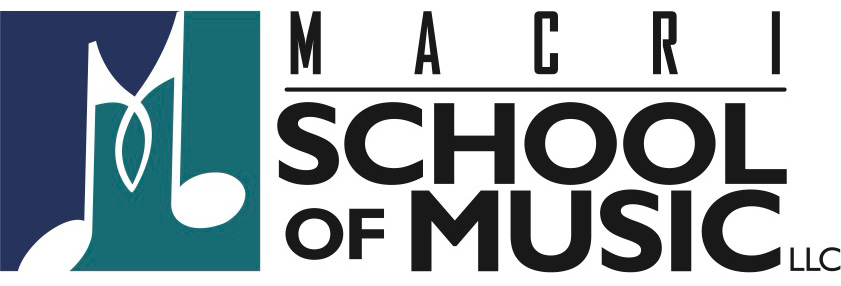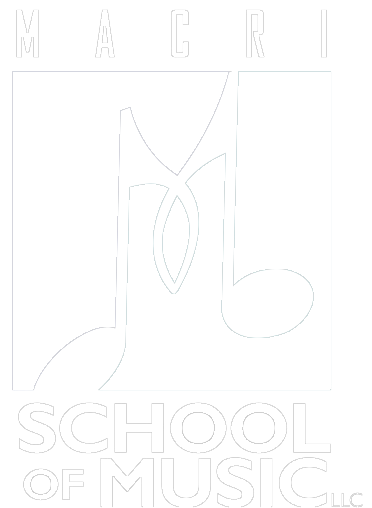macriuser_ds5lfw
Understanding the concept of modes is confusing to many musicians. Let’s try to simplify this seemingly complex subject for those of you just delving into this area. A mode is formed by taking a scale (such as the C major scale) and instead of beginning on the note C, you start from any [...]
One element that all blues progressions have in common is the turnaround. The turnaround is the last two bars of the progression, where the tune gets ready to “turnaround” and go back to the beginning. Lets set the framework with Figure A, a 12-bar blues in the key of A with a common turnaround. What makes [...]
The I-vi-ii-V is an important chord progression that forms the basis of many great songs. The chords are built from the first, sixth, second and fifth notes of a major scale. From the C major chord scale, comes the I-vi-ii-V progression. A very useful type of chord substitution is to replace the I [...]
The blues scale is one of the most commonly used scales in soloing and essential for a guitarists vocabulary. This scale is derived from the minor pentatonic with the addition of the b5. This note gives a bluesy feel and is the only difference between the two scales. Pentatonic Minor Scale 1 b3 [...]
The major scale is one of the most important scales that a player first learns on guitar, because it’s one of the most commonly referenced in music. The major scale is a series of seven different notes identified by their fixed arrangements of intervals. The eighth note has the same letter name as the first, and [...]
The 12-bar blues, using all dominant seventh chords, is the most common form of the blues progression. It’s 12 measures long and uses the first, fourth and fifth chords of a key. The chords are usually indicated with Roman numerals (I-IV-V) and can be found by counting up the major scale. For example, [...]


